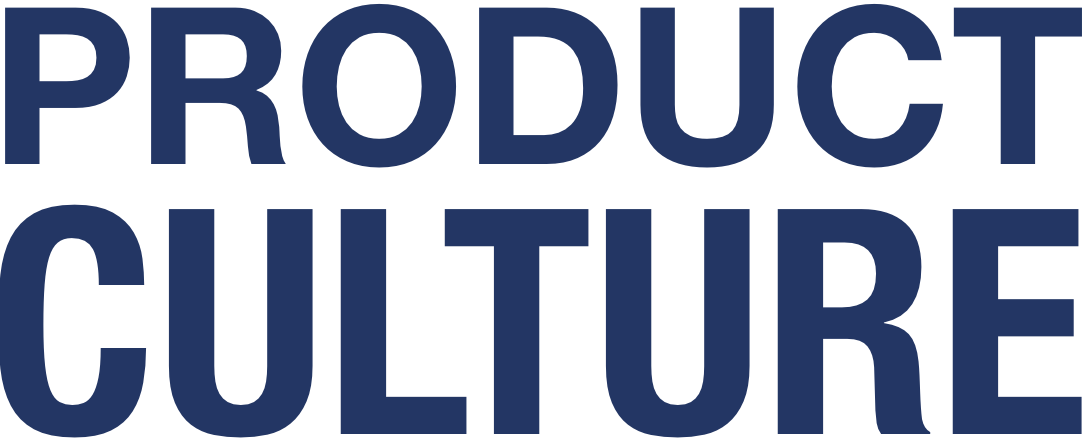When customers get grinchy about your price, it’s rarely about the price.
It’s usually because they don’t need half the features you’re bundling in. Strip those out and suddenly the same customer says, “Yes! That’s exactly what I want.” The lesson? Product leaders don’t win by piling on features. They win by focusing the offer so customers can actually see the value.
Read moreIf you want your roadmap approved, don’t ask for approval.
Just plant a seed.
Then wait.
Like a patient, manipulative gardener.
Read moreThe minute somebody dangles a $3M deal, everyone forgets everything we told them in the last year. To prevent this one-off deal from derailing your entire roadmap, you need to pre-sell your roadmap before the deal hits the table.
Read moreRich Mironov was right: Most CPOs are managing when they should be leading. You were probably promoted for your product management skills — customer discovery, prioritizing, and executing roadmaps. But leading at the CPO level requires different skills entirely.
Read moreExecutive teams often seem set up for conflict. How to deal: name the tension, acknowledge the reality openly, and work together to navigate it.
Read moreAre you tracking the right metrics? Most product leaders don’t track metrics often enough. The magic is when you track leading and lagging indicators together so you can learn what drives what.
Read moreYour job isn’t just to define strategy — it’s to lead the strategy process. A strategy everyone owns is how you win.
Read moreWhen you join an executive team, your first job is to identify a need and fill it. It’s like joining a band: they already have a drummer, a bassist, and a guitarist. Your job is to find the gap and play where you can make the whole band sound better.
Read moreFifteen years ago, the CPO title barely existed. Ten years ago, it was still a rarity. Today, every company seems to have one. Is that title inflation? Maybe. But it also reflects a shift in mindset: product is no longer seen as an offshoot of engineering or marketing; it’s the engine of company strategy.
Read moreIf you want to succeed as a CPO, learn to code-switch. You are not there to change people; you are there to connect them so that their efforts dovetail.
Read moreMost new CPOs assume their biggest weakness is not knowing the product, tech, or business well enough. They’re wrong. The real blind spot is the customer.
Read moreTaking over product from a founder or longtime exec is one of the toughest jobs in product. Work with them to define how they want to be involved—whether as an advisor, a sounding board, or with direct influence.
Read moreIf high-profile leaders like Brian Chesky (Airbnb) defecting from the idea of product management has got you feeling the pressure to justify your team’s existence, this one’s for you.
Read moreWalking into a CPO role without setting expectations is a recipe for failure. Every executive will have their own idea of what ‘product’ means. If you don’t define your role, they’ll do it for you.
Read moreWhen entering a new industry, starting at a new company, or working in a specialized field, preparation is your friend. If you hear a stakeholder use a term you don’t recognize, write it down and look it up. You can even build a glossary of definitions and acronyms and study it to help you converse with them.
Read moreHave you ever left a meeting thinking everyone was on board, only to have the plan unravel when one stakeholder reverses course afterward? Here’s a technique to surface those hidden misalignments:
Read moreSome companies seem to think AI will do away with product managers. Andrew Ng says the opposite, that AI might flip the product-to-engineer ratio, with more renaissance product people, and fewer engineers per project. I mean, what is a requirements doc but an engineering prompt?
Read moreWhen leading a stakeholder meeting, consider starting with an intentionally flawed idea. Invite the group to evaluate it dispassionately and agree on why it doesn’t work.
Read moreWhen you are trying to gain alignment between stakeholders, and you are unsure of how close you are, try using the Fist of Five technique. Ask each participant to hold up a number of fingers between zero (no confidence) and five (complete confidence). Then ask low scorers to articulate their doubts.
Read moreShuttle Diplomacy is when you have one-on-ones with key stakeholders to understand their priorities and perspectives. During these meetings, share a draft of your roadmap and invite their feedback. This helps avoid unpleasant surprises and grumpy stakeholders when the roadmap is unveiled.
Read more